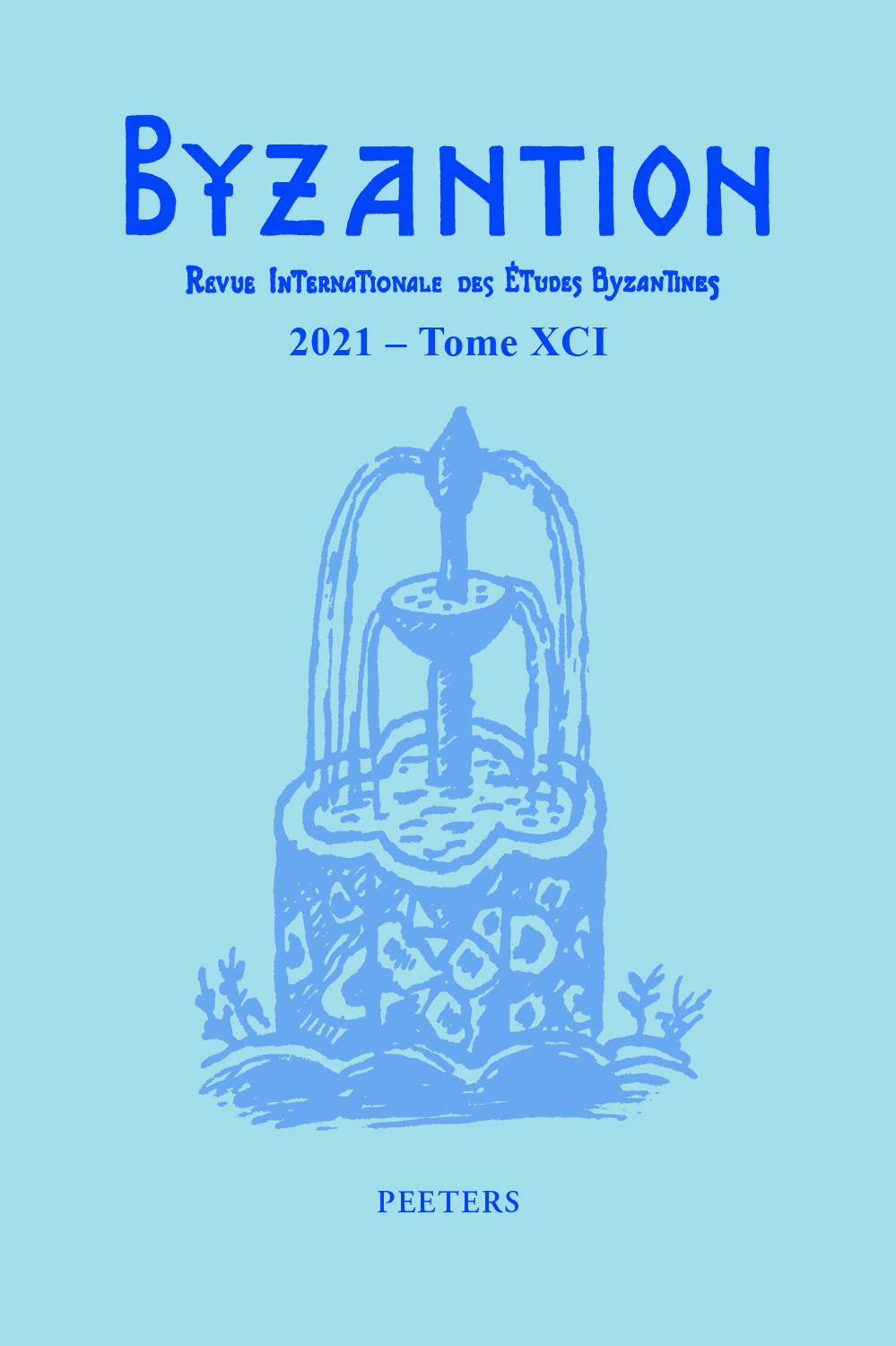 previous article in this issue previous article in this issue | next article in this issue  |

Preview first page |
Document Details : Title: The Last Roman Emperor Topos in the Byzantine Apocalyptic Tradition Author(s): KRAFT, András Journal: Byzantion Volume: 82 Date: 2012 Pages: 213-257 DOI: 10.2143/BYZ.82.0.2174089 Abstract : Christian apocalyptic sentiments of the late seventh century produced the Apocalypse of Pseudo-Methodius, a Syriac composition which proposes the immediate downfall of the Arab dominion at the hands of a last Roman emperor. This notion of the Last Roman Emperor who – after having defeated the Arabs – would usher in a time of prosperity, face the eschatological people of the North, and ultimately abdicate to God at the end of times developed into an apocalyptic motif of ubiquitous influence. Out of its long-standing and wide-ranging tradition the present article deals with the afterlife of the Pseudo-Methodian Last Roman Emperor motif in the earlier Byzantine apocalyptic tradition. By means of conceptual comparison I map the use and the adaptations of this literary topos, thereby learning how this motif was accommodated to the Byzantine audience and how it became one of the most prominent motifs of Byzantine apocalyptic thought. My source material comprises the original Syriac Apocalypse, two Syriac apocalypses that are closely related to it, its first Greek redaction, five apocalypses from the Visions of Daniel group, and the Andreas Salos Apocalypse. Among others, I conclude that these apocalyptic texts show a tendency to fragment the Last Roman Emperor motif and delay the ultimate end of the world by prolonging the eschatological decline of the Roman Empire. |
|


